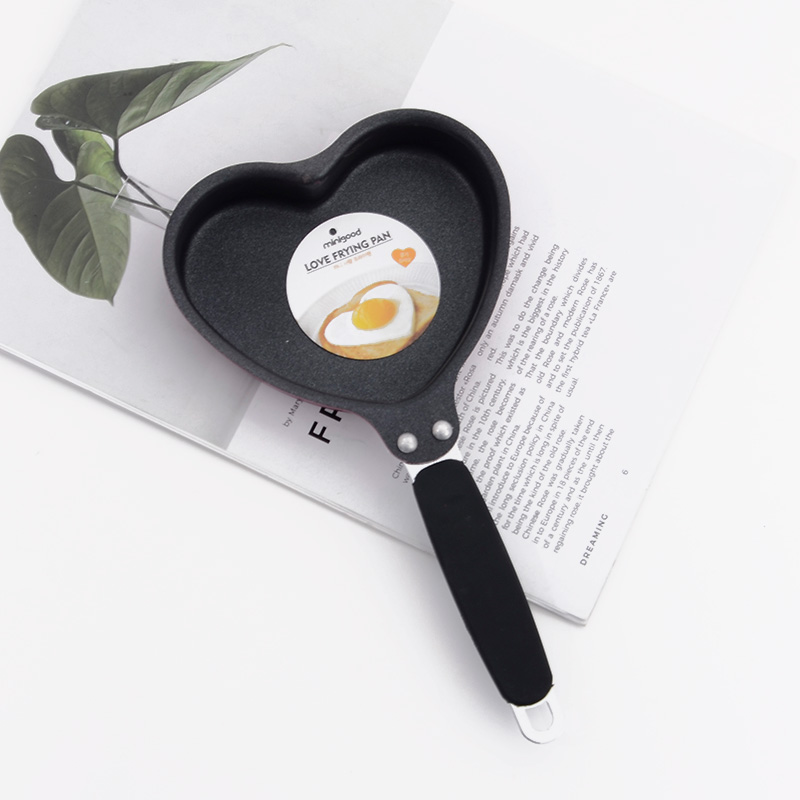A frying pan is an essential tool in every kitchen, enabling a wide range of cooking techniques from sautéing to pan-frying. With numerous options available, finding the perfect frying pan can be a culinary adventure. In this comprehensive guide, we’ll explore the factors to consider when choosing a frying pan and share tips for optimal usage.
Introduction:
The frying pan is a workhorse in the kitchen, making it vital to choose one that meets your culinary needs. Whether you’re a novice cook or a seasoned chef, finding the right frying pan can significantly impact your cooking outcomes.
Material Matters:
Frying pans come in various materials, each with its advantages. Stainless steel frying pans offer durability and even heat distribution. Nonstick pans are ideal for low-fat cooking and easy cleanup. Cast iron frying pans retain heat well and develop a natural nonstick surface over time.
Size and Shape:
Consider the size of your frying pan based on the number of people you usually cook for and the dishes you prepare. A 10 to 12-inch diameter is versatile for most households. Straight-sided frying pans are great for sautéing and tossing ingredients, while sloped sides aid in flipping and stirring.
Heat Conductivity:
Efficient heat conductivity is crucial for even cooking. Copper frying pans provide excellent heat distribution, allowing for precise temperature control. Stainless steel pans with an aluminum or copper core also offer superior heat conductivity.
Handle Comfort and Durability:
Comfortable and heat-resistant handles are essential for safe and convenient cooking. Look for frying pans with handles that are securely attached and stay cool on the stovetop. Riveted handles are known for their durability.
Maintenance and Longevity:
To extend the life of your frying pan, avoid using metal utensils that can damage nonstick coatings. Hand wash nonstick pans with a gentle sponge and mild detergent to prevent scratches. For cast iron and stainless steel pans, follow specific care instructions to maintain their seasoning and appearance.
Induction Compatibility:
If you have an induction cooktop, ensure that your frying pan is compatible. Look for pans with a magnetic base, which indicates compatibility with induction stoves.
Versatility:
Choose a frying pan that suits your cooking style and preferences. For example, a nonstick pan is excellent for eggs and delicate dishes, while a cast iron pan excels in searing meats and achieving deep caramelization.
Professional Tips:
Preheat your frying pan before adding ingredients to ensure even cooking. Allow foods to sear without moving them too frequently for better browning. Use oils with high smoke points for frying and sautéing at higher temperatures.
Conclusion:
Selecting the perfect frying pan involves considering factors such as material, size, heat conductivity, and maintenance. By choosing a frying pan that aligns with your cooking style and taking care of it properly, you’ll enjoy delightful culinary experiences and elevate your cooking skills.







